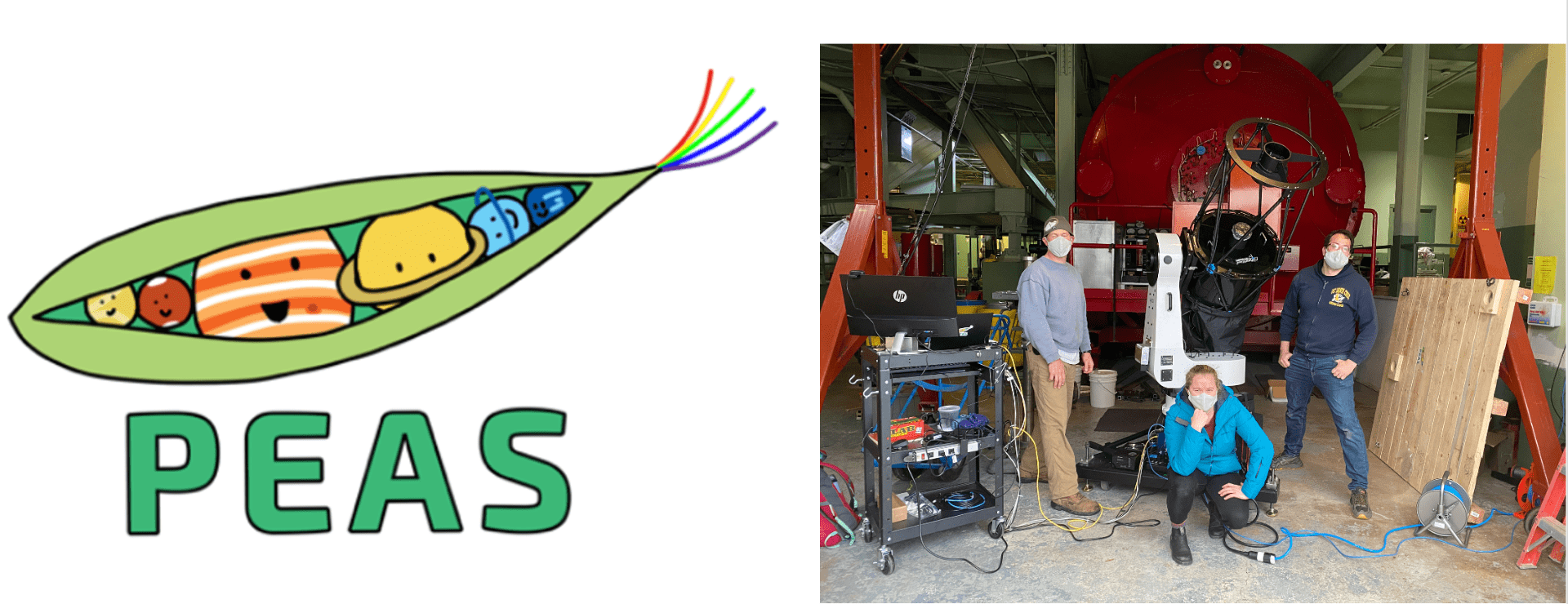SCALES: Slicer Combined with Array of Lenslets for Exoplanet Spectroscopy
I am the PI of SCALES, a new instrument under development for Keck Observatory. Keck is designed to take spectra of directly imaged exoplanets by simultaneously imaging them at multiple wavelengths in the thermal infrared (2-5 microns). SCALES has a low-resolution mode that obtains spectra at R~50 and also a medium-resolution mode that can obtain R~3000 over a smaller field-of-view. The instrument is currently under construction at the UC Observatories Shops. The overall instrument design is discussed in an SPIE paper and the references within.

SCALES cryostat in the integration lab at UC Santa Cruz.
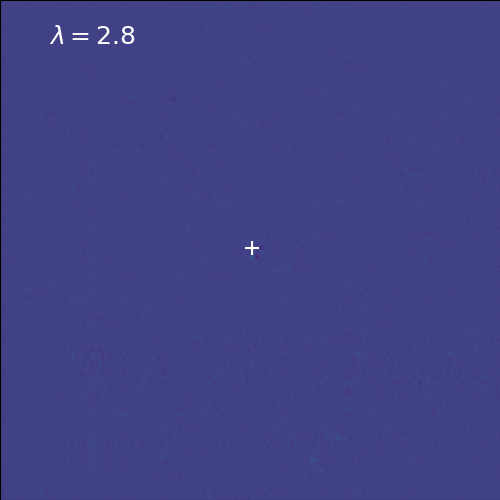
Simulated SCALES data-cube of the HR 8799 planetary system.
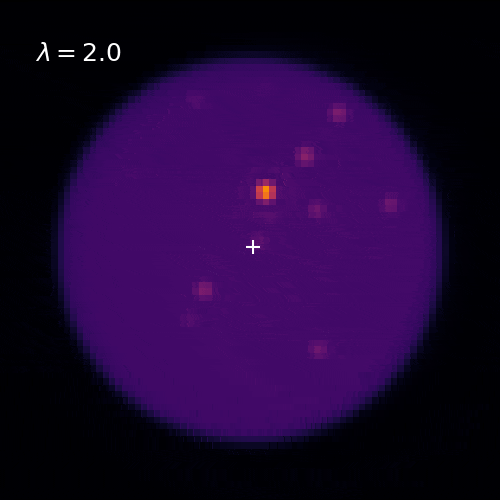
Simulated SCALES data-cube of Io.
ALES: Arizona Lenslets for Exoplanet Spectroscopy
I am PI of ALES, the predecessor to SCALES, which is installed on the Large Binocular Telescope Interferometer. ALES features 3-4 micron spectroscopy at R~20 over a diffraction-limited 1.2×1.2″ field-of-view. The instrument is described in Skemer et al. (2015).
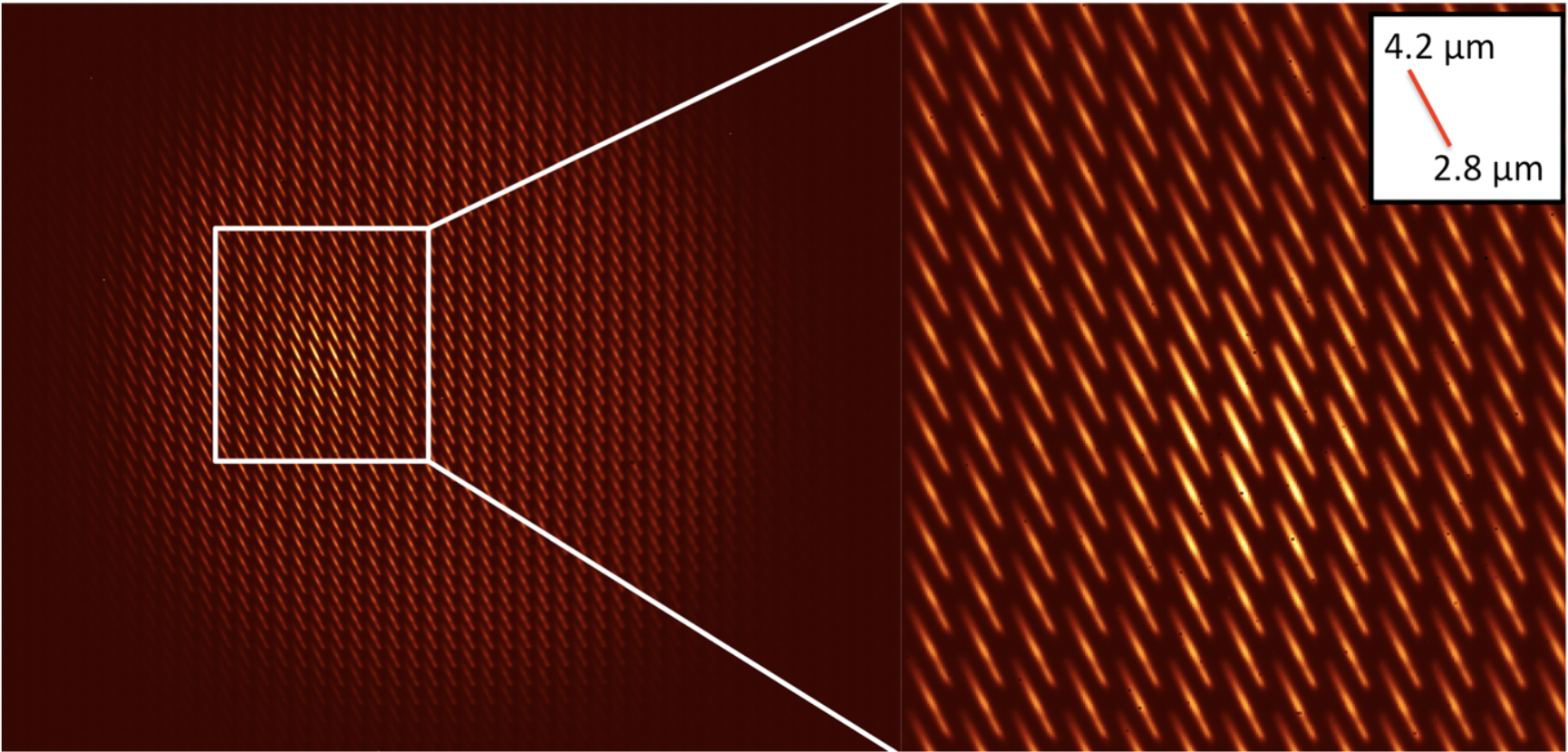
Raw ALES image of Io and a zoom-in on the Loki-Patera volcano. Each pixel of the image is dispersed into a spectrum.
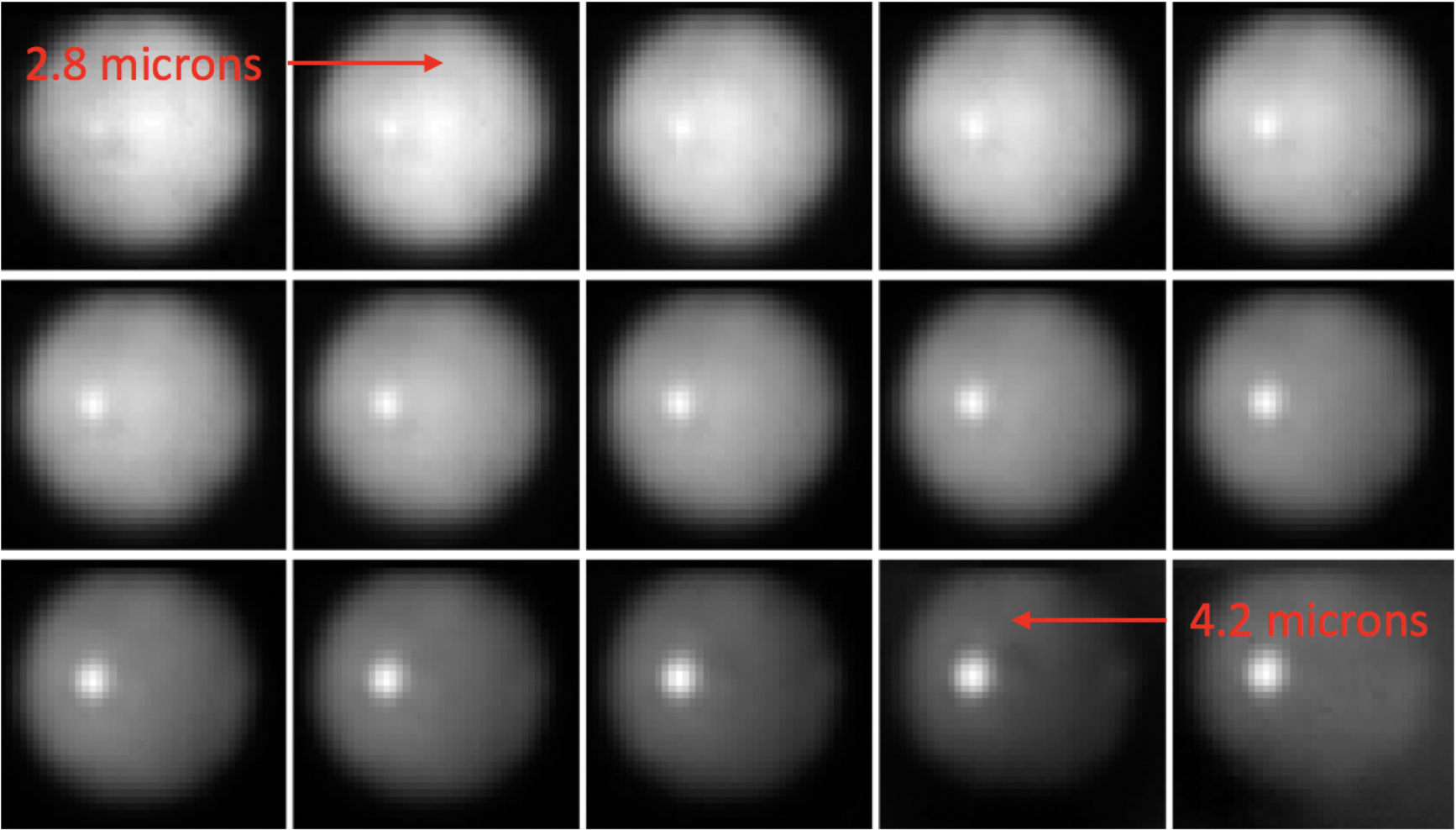
Data cube showing Io as a function of wavelength. These images were extracted from the raw data in the previous figure. Io is dominated by reflected Sun-light at short wavelengths, with the volcano peaking at longer wavelengths.
LBTI: Large Binocular Telescope Interferometer
I was formerly the instrument scientist of LBTI, which combines the light of the Large Binocular Telescope’s two 8.4 meter diameter primary mirrors. LBTI comprises two adaptive optics systems, a 1-5 μm science camera (LMIRCam) an 8-13 μm science camera (NOMIC) and a nulling/Fizeau interferometer. Using LBTI’s nulling interferometer, we surveyed the nearest stars for exozodiacal light that will impact the sensitivity and drive the design of NASA’s next generation Earth imaging telescopes.
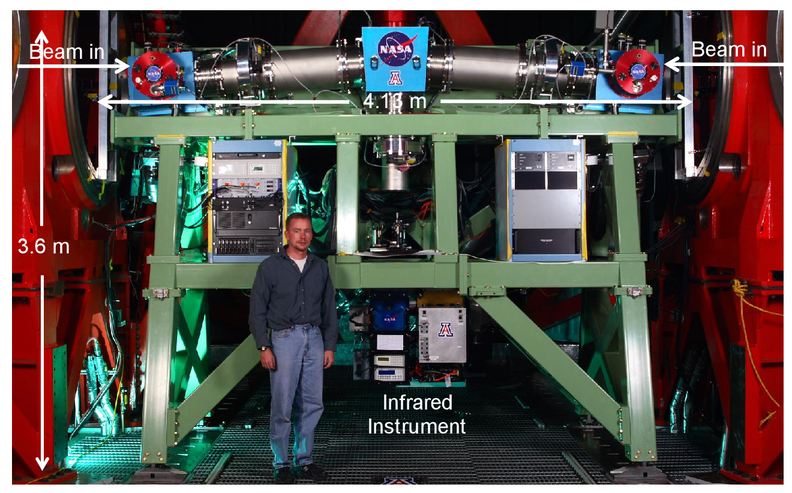
LBTI with PI Phil Hinz for scale. LBTI combines the light of the two 8.4 meter LBT primary mirrors to create images with the resolution of a 22.8 meter telescope.
Exoplanet Imaging with the Thirty Meter Telescope
The Planetary Systems Imager (PSI) is a concept for a modular high-contrast imaging platform for the Thirty Meter Telescope (TMT). I am leading the design of a 2-5 micron instrument, PSI-Red, which would be the first science instrument on PSI (later to be combined with PSI-Blue). Our plan for PSI-Red is similar to SCALES, with an imaging camera, low-resolution integral field spectroscopy, medium-resolution integral field spectroscopy with a hybrid lenslet/slicer, and high-resolution spectroscopy with a single-mode fiber feed to a high-resolution spectrograph.
Planet as Exoplanet Analog Spectrograph (PEAS)
Led by postdoc Emily Martin, PEAS is an instrument designed to observe Solar System planets as if they were exoplanets. We do that by mixing the light of the spatially large Solar System planets and feeding the mixed light into an off-the-shelf spectrograph. PEAS is currently in operation at Lick Observatory.
